Types of Dermatoglyphics
Dermatoglyphic patterns can be divided into three main categories :
- Loop: This is the most common pattern, accounting for 60-70% of all patterns observed. They are characterized by lines entering from one side, looping around, and exiting on the same side.

- Whorl: This pattern accounts for 25-35% of patterns. It features concentric circles or spirals.

- Arch: This is the least common pattern, making up just 5% of all patterns. They consist of lines that start on one side, rise in the center, and exit on the opposite side.

These patterns are inherently unique to each individual, including identical twins, offering a reliable method of identification.
Dermatoglyphics and Genetics
Table 1. Dermatoglyphic pattern distribution
Pattern | Average Proportion |
Loop | 60-70% |
Whorl | 25-35% |
Arch | 5% |
The development of dermatoglyphic patterns occurs early in gestation, between the 10th and 24th week, under genetic and environmental influences. This has led to investigations exploring the potential of dermatoglyphics in predicting genetic disorders. For instance, research has shown that specific dermatoglyphic configurations can indicate chromosomal disorders such as Down syndrome, and genetic conditions like schizophrenia.
